| Company Name |
Stock Ticker |
Stock Price |
P/E Ratio |
Dividend Yield |
| Johnson & Johnson |
JNJ |
$152.30 |
15.8 |
3.0% |
| Procter & Gamble |
PG |
$162.45 |
24.2 |
2.5% |
| Coca-Cola |
KO |
$60.75 |
22.5 |
3.2% |
| Verizon |
VZ |
$38.90 |
8.7 |
6.3% |
| Microsoft |
MSFT |
$415.20 |
34.5 |
0.9% |
| McDonald's |
MCD |
$275.60 |
26.1 |
2.2% |
| JPMorgan Chase |
JPM |
$185.75 |
12.9 |
2.8% |
| Bank of America |
BAC |
$32.40 |
10.5 |
2.5% |
| ExxonMobil |
XOM |
$105.80 |
9.2 |
4.1% |
| Chevron |
CVX |
$152.90 |
10.8 |
4.2% |
| Apple |
AAPL |
$185.30 |
28.7 |
0.6% |
| Tesla |
TSLA |
$195.60 |
72.5 |
N/A |
| Amazon |
AMZN |
$145.20 |
58.3 |
N/A |
| Alphabet |
GOOGL |
$135.80 |
25.4 |
N/A |
| Berkshire Hathaway |
BRK.B |
$345.60 |
12.1 |
N/A |
Understanding Sector Allocation in Large-Cap Stocks
Introduction
Large-cap stocks play a dominant role in the financial markets, representing companies with strong revenue streams and substantial market capitalization. These stocks often shape broader economic trends, making sector representation an essential factor for investors. Understanding how different sectors contribute to large-cap indices helps investors manage risk and optimize portfolio performance. Over time, sector weight distribution has evolved, with industries like technology and healthcare gaining prominence, while energy and utilities have experienced cyclical shifts. Evaluating these trends provides valuable insights into market behavior and investment strategies.
Breakdown of Large-Cap Sector Representation
Large-cap stocks dominate the financial markets, with the S&P 500 serving as a key benchmark for sector representation. The index is divided into 11 primary sectors, each contributing to overall market performance. Technology leads with a 26.1% weight, followed by healthcare at 14.5% and financials at 12.9%. Companies like Apple AAPL and Microsoft MSFT drive the technology sector’s dominance, reflecting investor demand for innovation and growth. Cyclical sectors such as consumer discretionary (9.9%) and industrials (8.6%) fluctuate with economic conditions, while defensive sectors like consumer staples (7.4%) and utilities (2.9%) provide stability during downturns. Financial giants like JPMorgan Chase JPM and Berkshire Hathaway BRK.B contribute significantly to the financial sector’s influence, reinforcing its role in economic cycles.
Understanding sector representation helps investors optimize portfolio allocation. The dominance of technology and healthcare highlights the shift toward innovation and stability, while energy (4.5%) and materials (2.6%) remain essential for industrial growth. Companies like ExxonMobil XOM and Chevron CVX anchor the energy sector, providing dividend income and inflation protection.
Sources:
Advisor Channel
MoneyWise
Key Drivers of Sector Weight in Large-Cap Stocks
Market capitalization plays a crucial role in determining sector weight within large-cap indices. Companies with higher valuations exert greater influence on index performance, shaping overall market trends. Technology giants like Apple AAPL and Microsoft MSFT dominate the S&P 500 due to their massive market caps, reinforcing the sector’s leadership. During expansion phases, cyclical sectors such as consumer discretionary and industrials experience growth, while defensive sectors like utilities and healthcare gain prominence during downturns. Financial institutions like JPMorgan Chase JPM and Bank of America BAC benefit from rising interest rates, whereas energy stocks like ExxonMobil XOM fluctuate with commodity prices.
Technological advancements drive sector growth, influencing large-cap stock weight distribution. Innovation in artificial intelligence, cloud computing, and digital transformation has propelled technology stocks to the forefront of market capitalization. Companies like Alphabet GOOGL and Nvidia NVDA continue to expand their influence, reshaping sector representation.
Sources: \
Fidelity StockCharts
Sector-Specific Analysis
Technology remains the dominant sector in large-cap stocks, driven by innovation and rapid market expansion. Companies like Apple AAPL and Microsoft MSFT lead the sector, benefiting from strong revenue growth and global demand for digital solutions. The sector’s high market capitalization reflects investor confidence in long-term technological advancements, reinforcing its influence on overall market trends. Healthcare offers stability and long-term growth potential, making it a key component of large-cap portfolios. Firms like Johnson & Johnson JNJ and Pfizer PFE provide consistent earnings and dividend payouts, ensuring resilience during economic downturns. The sector’s defensive nature, coupled with ongoing medical innovations, positions it as a reliable investment choice for risk-averse investors seeking steady returns.
Financials play a crucial role in economic cycles and investment strategies, with banks and asset management firms shaping market liquidity. JPMorgan Chase JPM and Bank of America BAC benefit from interest rate fluctuations, influencing credit markets and investment flows. Meanwhile, consumer discretionary stocks like Amazon AMZN contrast with consumer staples such as Coca-Cola KO, highlighting differences in spending behavior during economic shifts. Energy and utilities, represented by ExxonMobil XOM and Duke Energy DUK, provide defensive appeal, offering dividend stability and inflation protection.
Sources:
Stock Analysis MoneyControl
Risks and Considerations in Sector Allocation
Overrepresentation in certain sectors can expose investors to heightened risks, particularly when a single industry dominates large-cap indices. Technology stocks, including Apple AAPL and Microsoft MSFT, have significantly influenced market trends due to their high valuations. While these companies drive innovation, excessive concentration in one sector can lead to portfolio imbalances. Market volatility affects sector allocation, with cyclical industries experiencing sharp fluctuations based on economic conditions. Financial stocks like JPMorgan Chase JPM and Bank of America BAC are sensitive to interest rate changes, while energy companies such as ExxonMobil XOM and Chevron CVX react to oil price movements.
To mitigate sector concentration risks, diversification remains a key strategy. Allocating investments across multiple industries, including consumer staples, healthcare, and utilities, helps balance exposure and reduce volatility. Stocks like Johnson & Johnson JNJ and Procter & Gamble PG provide defensive stability, ensuring consistent returns even during market downturns.
How Investors Can Leverage Sector Representation
By allocating assets across multiple sectors, investors can reduce exposure to industry-specific downturns while maintaining steady growth. Stocks like Johnson & Johnson JNJ in healthcare and Procter & Gamble PG in consumer staples provide defensive stability, ensuring consistent returns even during market volatility. A well-diversified portfolio balances high-growth sectors with reliable dividend-paying stocks, enhancing long-term financial resilience.
During expansion phases, cyclical sectors such as technology and consumer discretionary tend to outperform, while defensive sectors like utilities and healthcare gain traction during downturns. Financial stocks like JPMorgan Chase JPM and Bank of America BAC benefit from rising interest rates, whereas energy companies such as ExxonMobil XOM respond to commodity price fluctuations. Balancing growth and stability in large-cap investments requires a strategic approach to sector representation. High-growth stocks like Nvidia NVDA and Alphabet GOOGL offer strong appreciation potential, while dividend-paying stocks such as Coca-Cola KO and Chevron CVX provide steady income. Investors can achieve financial stability by combining growth-oriented sectors with defensive assets.
Sources:
YCharts
State Street Global Advisors
Investopedia
FasterCapital
SuperMoney
Conclusion
Sector representation in large-cap stocks is a crucial factor in shaping market trends and investment strategies. By analyzing sector weight distributions, investors can make informed decisions on portfolio diversification, risk management, and economic cycle positioning. Technology and healthcare continue to dominate due to their innovation and stability, while financials, consumer stocks, and energy sectors provide dynamic opportunities based on market conditions. Understanding how each sector contributes to overall market performance allows investors to optimize returns and build resilient portfolios that withstand volatility.
Expert Analysis: How Sector Allocation Shapes Large-Cap Investing
Understanding Sector Weight for Portfolio Optimization
Sector representation in large-cap stocks is a critical factor in portfolio construction. Investors must recognize how sector weight influences market trends and individual stock performance. Technology and healthcare often dominate due to innovation and stability, while financials and energy fluctuate with economic cycles. A well-balanced portfolio considers sector shifts, ensuring long-term resilience and growth potential.
📌Read More About:
Top Large Cap Stocks- https://stockbossup.com/pages/topics/large-cap
What Are Large US Cap Stocks?- https://stockbossup.com/pages/post/39045/understanding-large-us-cap-stocks-and-their-market-influence
How Many Large Cap Stocks Are There?- https://stockbossup.com/pages/post/38786/how-many-large-cap-stocks-exist-a-comprehensive-market
What Percentage of the Market is Large Cap?- https://www.stockbossup.com/pages/post/38787/understanding-large-cap-stocks-market-share-and-investment-impact
Why Are Large Caps Outperforming?- https://www.stockbossup.com/pages/post/38788/why-large-cap-stocks-are-outperforming-market-trends-and-investment-insights
🌐Explore Global & Industrial Picks:
Is Apple a Mega Cap?- https://stockbossup.com/pages/post/39049/is-apple-a-mega-cap-stock-market-influence-and-investment-potential
Is Amazon a Mega Cap?- https://stockbossup.com/pages/post/39120/is-amazon-a-mega-cap-stock-market-influence-and-investment-potential
Is Microsoft a Mega Cap Stock?- https://www.stockbossup.com/pages/post/38850/is-microsoft-considered-a-mega-cap-stock
Is Walmart a Mega Cap?- https://stockbossup.com/pages/post/39050/is-walmart-a-mega-cap-stock-market-influence-and-investment-potential
Is Netflix a Mega Cap?- https://stockbossup.com/pages/post/39121/is-netflix-a-mega-cap-stock-market-influence-and-investment-potential
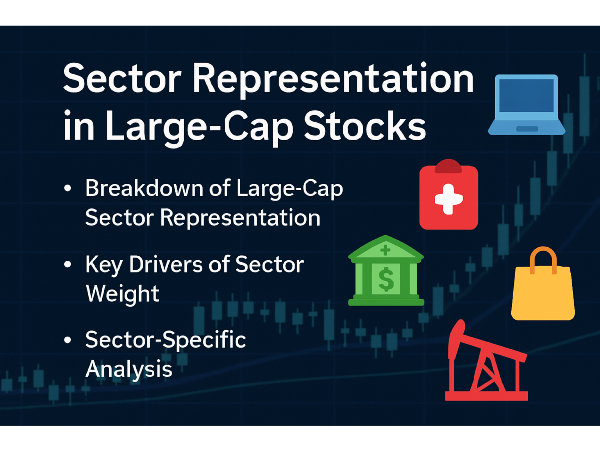


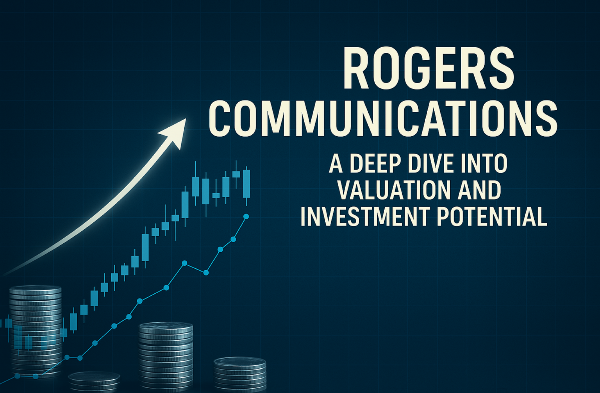
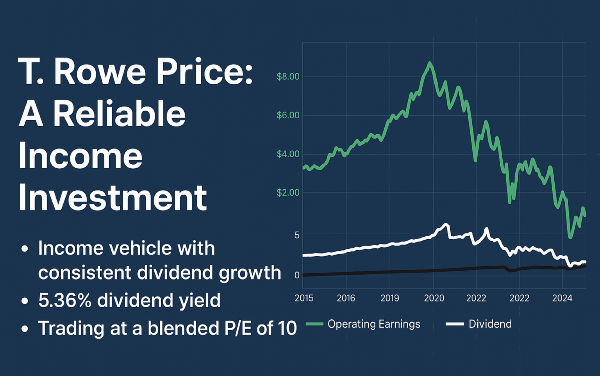
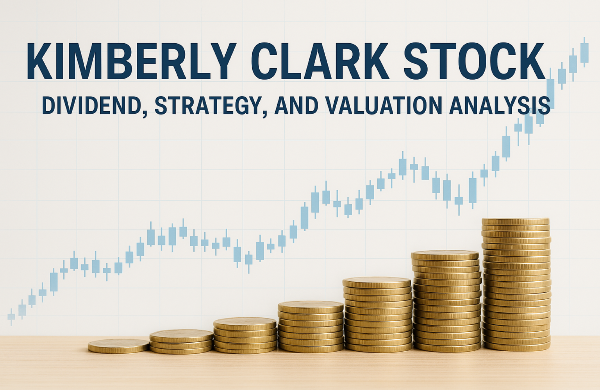

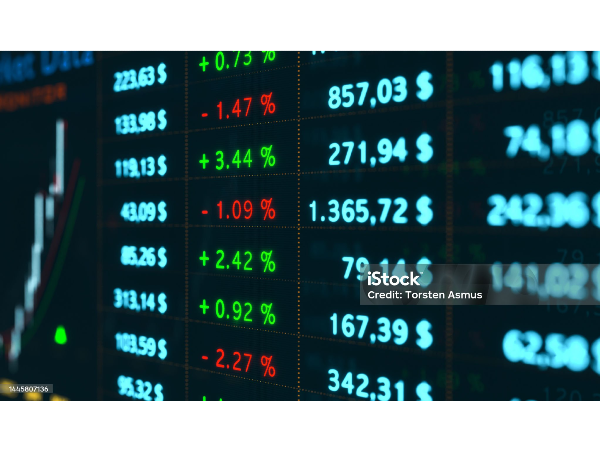


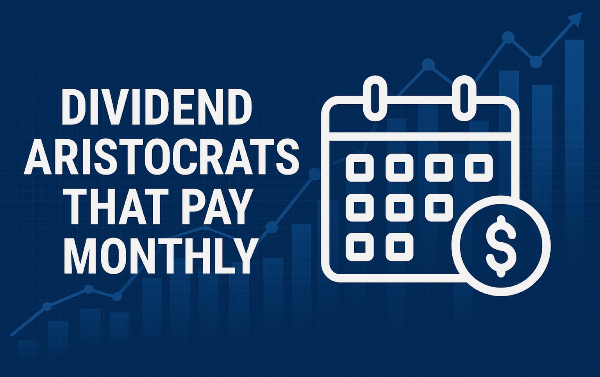
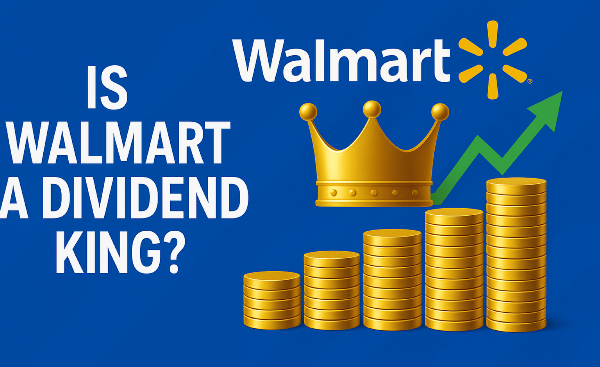
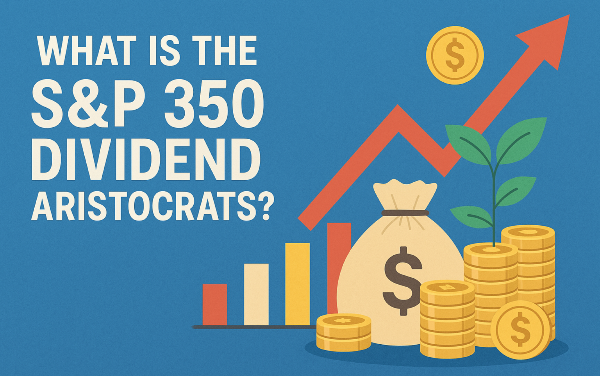





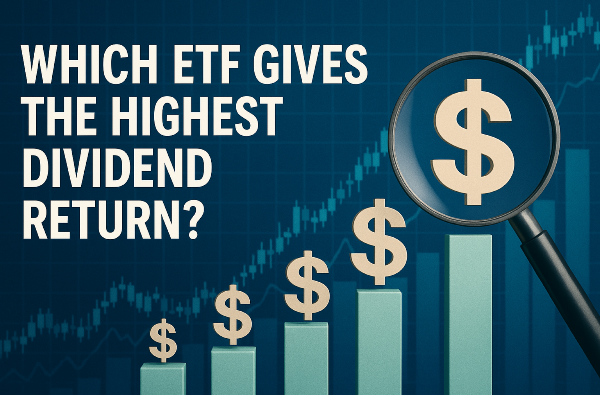
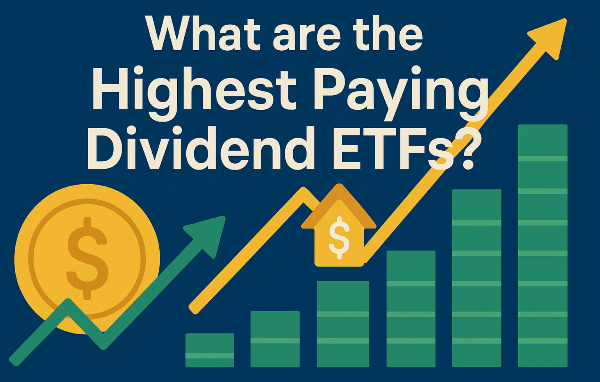
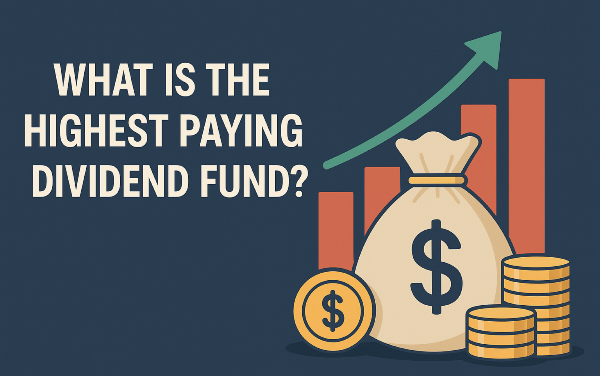
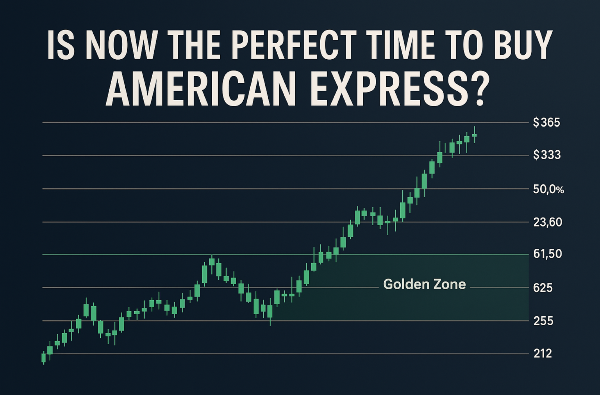








Understanding Sector Allocation in Large-Cap Stocks
Introduction
Large-cap stocks play a dominant role in the financial markets, representing companies with strong revenue streams and substantial market capitalization. These stocks often shape broader economic trends, making sector representation an essential factor for investors. Understanding how different sectors contribute to large-cap indices helps investors manage risk and optimize portfolio performance. Over time, sector weight distribution has evolved, with industries like technology and healthcare gaining prominence, while energy and utilities have experienced cyclical shifts. Evaluating these trends provides valuable insights into market behavior and investment strategies.
Breakdown of Large-Cap Sector Representation
Large-cap stocks dominate the financial markets, with the S&P 500 serving as a key benchmark for sector representation. The index is divided into 11 primary sectors, each contributing to overall market performance. Technology leads with a 26.1% weight, followed by healthcare at 14.5% and financials at 12.9%. Companies like Apple AAPL and Microsoft MSFT drive the technology sector’s dominance, reflecting investor demand for innovation and growth. Cyclical sectors such as consumer discretionary (9.9%) and industrials (8.6%) fluctuate with economic conditions, while defensive sectors like consumer staples (7.4%) and utilities (2.9%) provide stability during downturns. Financial giants like JPMorgan Chase JPM and Berkshire Hathaway BRK.B contribute significantly to the financial sector’s influence, reinforcing its role in economic cycles.
Understanding sector representation helps investors optimize portfolio allocation. The dominance of technology and healthcare highlights the shift toward innovation and stability, while energy (4.5%) and materials (2.6%) remain essential for industrial growth. Companies like ExxonMobil XOM and Chevron CVX anchor the energy sector, providing dividend income and inflation protection.
Sources:
Advisor Channel MoneyWise
Key Drivers of Sector Weight in Large-Cap Stocks
Market capitalization plays a crucial role in determining sector weight within large-cap indices. Companies with higher valuations exert greater influence on index performance, shaping overall market trends. Technology giants like Apple AAPL and Microsoft MSFT dominate the S&P 500 due to their massive market caps, reinforcing the sector’s leadership. During expansion phases, cyclical sectors such as consumer discretionary and industrials experience growth, while defensive sectors like utilities and healthcare gain prominence during downturns. Financial institutions like JPMorgan Chase JPM and Bank of America BAC benefit from rising interest rates, whereas energy stocks like ExxonMobil XOM fluctuate with commodity prices.
Technological advancements drive sector growth, influencing large-cap stock weight distribution. Innovation in artificial intelligence, cloud computing, and digital transformation has propelled technology stocks to the forefront of market capitalization. Companies like Alphabet GOOGL and Nvidia NVDA continue to expand their influence, reshaping sector representation.
Sources: \
Fidelity StockCharts
Sector-Specific Analysis
Technology remains the dominant sector in large-cap stocks, driven by innovation and rapid market expansion. Companies like Apple AAPL and Microsoft MSFT lead the sector, benefiting from strong revenue growth and global demand for digital solutions. The sector’s high market capitalization reflects investor confidence in long-term technological advancements, reinforcing its influence on overall market trends. Healthcare offers stability and long-term growth potential, making it a key component of large-cap portfolios. Firms like Johnson & Johnson JNJ and Pfizer PFE provide consistent earnings and dividend payouts, ensuring resilience during economic downturns. The sector’s defensive nature, coupled with ongoing medical innovations, positions it as a reliable investment choice for risk-averse investors seeking steady returns.
Financials play a crucial role in economic cycles and investment strategies, with banks and asset management firms shaping market liquidity. JPMorgan Chase JPM and Bank of America BAC benefit from interest rate fluctuations, influencing credit markets and investment flows. Meanwhile, consumer discretionary stocks like Amazon AMZN contrast with consumer staples such as Coca-Cola KO, highlighting differences in spending behavior during economic shifts. Energy and utilities, represented by ExxonMobil XOM and Duke Energy DUK, provide defensive appeal, offering dividend stability and inflation protection.
Sources:
Stock Analysis MoneyControl
Risks and Considerations in Sector Allocation
Overrepresentation in certain sectors can expose investors to heightened risks, particularly when a single industry dominates large-cap indices. Technology stocks, including Apple AAPL and Microsoft MSFT, have significantly influenced market trends due to their high valuations. While these companies drive innovation, excessive concentration in one sector can lead to portfolio imbalances. Market volatility affects sector allocation, with cyclical industries experiencing sharp fluctuations based on economic conditions. Financial stocks like JPMorgan Chase JPM and Bank of America BAC are sensitive to interest rate changes, while energy companies such as ExxonMobil XOM and Chevron CVX react to oil price movements.
To mitigate sector concentration risks, diversification remains a key strategy. Allocating investments across multiple industries, including consumer staples, healthcare, and utilities, helps balance exposure and reduce volatility. Stocks like Johnson & Johnson JNJ and Procter & Gamble PG provide defensive stability, ensuring consistent returns even during market downturns.
How Investors Can Leverage Sector Representation
By allocating assets across multiple sectors, investors can reduce exposure to industry-specific downturns while maintaining steady growth. Stocks like Johnson & Johnson JNJ in healthcare and Procter & Gamble PG in consumer staples provide defensive stability, ensuring consistent returns even during market volatility. A well-diversified portfolio balances high-growth sectors with reliable dividend-paying stocks, enhancing long-term financial resilience.
During expansion phases, cyclical sectors such as technology and consumer discretionary tend to outperform, while defensive sectors like utilities and healthcare gain traction during downturns. Financial stocks like JPMorgan Chase JPM and Bank of America BAC benefit from rising interest rates, whereas energy companies such as ExxonMobil XOM respond to commodity price fluctuations. Balancing growth and stability in large-cap investments requires a strategic approach to sector representation. High-growth stocks like Nvidia NVDA and Alphabet GOOGL offer strong appreciation potential, while dividend-paying stocks such as Coca-Cola KO and Chevron CVX provide steady income. Investors can achieve financial stability by combining growth-oriented sectors with defensive assets.
Sources:
YCharts
State Street Global Advisors
Investopedia
FasterCapital
SuperMoney
Conclusion
Sector representation in large-cap stocks is a crucial factor in shaping market trends and investment strategies. By analyzing sector weight distributions, investors can make informed decisions on portfolio diversification, risk management, and economic cycle positioning. Technology and healthcare continue to dominate due to their innovation and stability, while financials, consumer stocks, and energy sectors provide dynamic opportunities based on market conditions. Understanding how each sector contributes to overall market performance allows investors to optimize returns and build resilient portfolios that withstand volatility.
Expert Analysis: How Sector Allocation Shapes Large-Cap Investing
Understanding Sector Weight for Portfolio Optimization
Sector representation in large-cap stocks is a critical factor in portfolio construction. Investors must recognize how sector weight influences market trends and individual stock performance. Technology and healthcare often dominate due to innovation and stability, while financials and energy fluctuate with economic cycles. A well-balanced portfolio considers sector shifts, ensuring long-term resilience and growth potential.
📌Read More About:
Top Large Cap Stocks- https://stockbossup.com/pages/topics/large-cap
What Are Large US Cap Stocks?- https://stockbossup.com/pages/post/39045/understanding-large-us-cap-stocks-and-their-market-influence
How Many Large Cap Stocks Are There?- https://stockbossup.com/pages/post/38786/how-many-large-cap-stocks-exist-a-comprehensive-market
What Percentage of the Market is Large Cap?- https://www.stockbossup.com/pages/post/38787/understanding-large-cap-stocks-market-share-and-investment-impact
Why Are Large Caps Outperforming?- https://www.stockbossup.com/pages/post/38788/why-large-cap-stocks-are-outperforming-market-trends-and-investment-insights
🌐Explore Global & Industrial Picks:
Is Apple a Mega Cap?- https://stockbossup.com/pages/post/39049/is-apple-a-mega-cap-stock-market-influence-and-investment-potential
Is Amazon a Mega Cap?- https://stockbossup.com/pages/post/39120/is-amazon-a-mega-cap-stock-market-influence-and-investment-potential
Is Microsoft a Mega Cap Stock?- https://www.stockbossup.com/pages/post/38850/is-microsoft-considered-a-mega-cap-stock
Is Walmart a Mega Cap?- https://stockbossup.com/pages/post/39050/is-walmart-a-mega-cap-stock-market-influence-and-investment-potential
Is Netflix a Mega Cap?- https://stockbossup.com/pages/post/39121/is-netflix-a-mega-cap-stock-market-influence-and-investment-potential